Virgin HTC Legend review
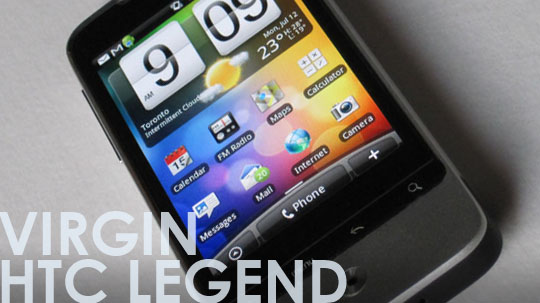 HTC, once known as the go-to company for Windows Mobile devices made a wise business decision to embrace Google’s Android operating system from the very beginning, with the original G1. Since that time, they’ve put out an almost dizzying array of phones on the platform, many of them running HTCs custom Sense interface, which first appeared on the HTC Hero.
HTC, once known as the go-to company for Windows Mobile devices made a wise business decision to embrace Google’s Android operating system from the very beginning, with the original G1. Since that time, they’ve put out an almost dizzying array of phones on the platform, many of them running HTCs custom Sense interface, which first appeared on the HTC Hero.
The HTC Legend, currently available on Bell and Virgin in Canada, is very much an updated version of the Hero, with a more polished design and a more current version of Android. When the Hero first came out, I wasn’t overwhelmed, as the phone seemed to get sluggish very quickly, and the processor wasn’t enough to handle multitasking along with the Sense UI. So, is the Legend a worthy successor to the Hero, and how does it stack up in the current market?
Read on to find out…
Out of the Box
Right away, the hardware design of the Legend makes a striking impression. The body of the phone is made from a single piece of anodized aluminum, with black soft plastic at the bottom and the back near the top. Since the frame is of a unibody nature, the bottom plastic actually flips open to expose the battery, SIM and MicroSD ports, as opposed to most phones which have sometimes awkward snap-part-of-the-back-off means of access. Other than that, it’s dominated by a glass capacitive screen. The overall impression is that the phone looks much like a miniature current gen iMac. It still sports the same Hero ‘chin’, but it’s less pronounced, so don’t expect any Jay Leno jokes this time around. It has a solid, though not heavy, hand feel, and because of it’s relatively small size, easily slips into most pockets.
The Legend keeps the physical button count pretty low, compared to many other Android based phones. On the left is the volume rocker, and a power button adorns the top, beside the 3.5mm audio jack. The bottom has a MicroUSB jack for charging and data, and that’s about it, other than the front facing buttons. One that front, from left to right, are Home, Menu, Back and Search, which is pretty much standard for Android. Personally, I’m glad that they went with physical buttons here instead of some phones, which have adopted capacitive areas instead. In some cases, I’ve found capacitive buttons too easy to accidentally press when navigating the screen, and the click of a real button makes more sense. HTC has also done away with the trackball, and replaced it with a small optical pad that doubles as a selection button. Being able to swipe through the home screens of Sense without touching the screen itself is a nice feature, and in the debate between trackballs and optical sensors, I definitely prefer the latter.
As for that screen, it’s an absolute stunner. At be 3.2″ inches and HVGA (480 x 320) it’s not the resolution that gets you, but the richness of colour and contrast, due to the AMOLED display technology. There’s truly a marked difference between AMOLED and LCD that you really have to see for yourself. After reading about some of the daylight visibility issues surrounding AMOLED, I was surprised that it was actually pretty decent. I’d have to say that from my experience, AMOLED looks about the same as a decent quality LCD based screen in the sun, and it’s hard to avoid it being washed out to some extent. In any other lighting condition, it puts LCD to shame.
Under the Hood
Although the internals aren’t exactly approaching the 1GHz ‘superphone’ category, Virgin’s HTC Legend handles most tasks thrown at it with relative ease with a 600MHz processor. This is in large part due to the phone running Android 2.1 (Eclair). From my experience, 2.x has really delivered in a way that removes the vast majority of my complaints with the OS, including unacceptable sluggishness and horrible battery life. The Legend is a very impressive phone on both fronts. Battery life can always be better, but HTC Legend held up through a typical day
The Legend also comes with a 5 megapixel auto focus camera, with LED flash. The image quality of the camera is good when there’s enough available light. In darker scenarios, it doesn’t quite hold up, although the LED does help in a lot of these scenarios.
User Experience
As I mentioned earlier, the upgrade to 2.1 has really helped improve the overall experience of mid-range Android phones. On top of that, the HTC Legend is also running one of the latest versions of their Sense UI, which goes a long way towards integrating social media networks directly into the phone. For example, instead of a Sense twitter widget, the new Sense has “Friend Stream” which aggregates your accounts from a variety of networks into a single widget. It’s a great way to manage everything without the need to jump from app to app, and if you do want to drill down into Twitter, for example, HTC Peep will automatically launch.
I also really liked the new Leap page in the new Sense, which is an overview of all seven home pages. You can access this by hitting the Home button, or using pinch/zoom while on the main page, and quickly became a handy navigational tool.
Beyond Leap and the new Friend Stream, HTC has continued to refine their UI, including their onscreen keyboard, which is still my favourite Android keyboard overall. Similar refinements can be seen in the new text selection tool, which offers a magnifiying glass, and a pop up menu for copying & sharing, and is much better than trying to guess where the cursor is, especially on a mid sized screen.
Ultimately, the Virgin HTC Legend is a great little phone and certainly one of the best Android phones in its price range currently on the market in Canada. Although I was a fan of the the Rogers Acer Liquid E, especially for those who want to dig into all the phone capabilities, the Legend is probably the best ‘entry level’ Android smartphone. Sense is something that most people ‘get’ after playing with it for just a little while. Making Android usable to the general consumer is something that HTC has excelled at.
The Legend is available now from both Virgin Mobile ($79.99 on a 3 year) and Bell ($79.95 on a 3 year).

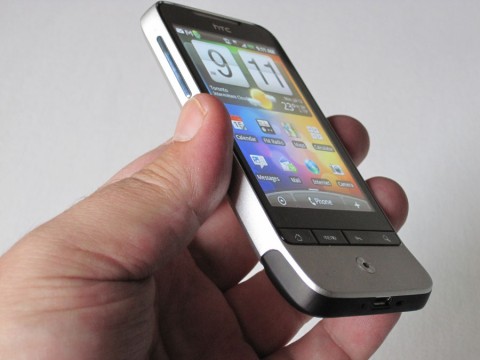
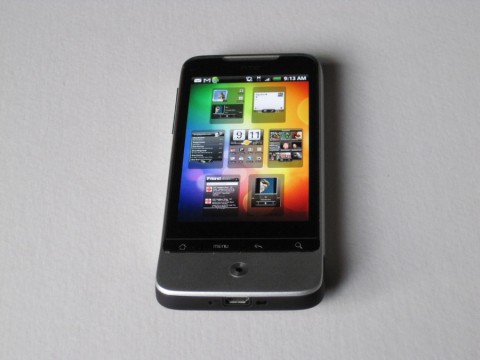
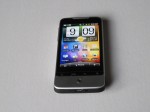
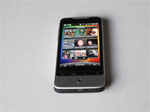
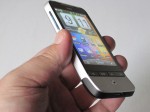
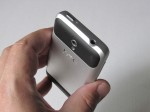
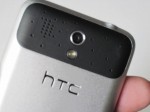

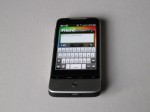
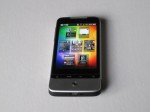
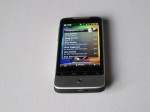
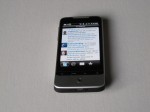
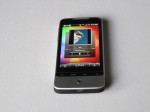

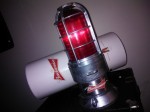

[…] This post was mentioned on Twitter by Doug Groves, rgbFilter. rgbFilter said: Virgin HTC Legend review: HTC, once known as the go-to company for Windows Mobile devices made a wise business dec… http://bit.ly/aw8pZt […]
[…] Virgin HTC Legend reviewThe HTC Legend, currently available on Bell and Virgin in Canada, is very much an updated version of the Hero, with a more polished design and a more current version of Android. When the Hero first came out, I wasn't overwhelmed, … […]
[…] was only a couple of months ago when Bell released the HTC Legend (just after the Virgin branded one), an Android phone with a great aluminum unibody design and a gorgeous AMOLED screen. Now it […]